Home>Interior Design>What Color Is Indigo? And How To Use This Dark Blue-Purple
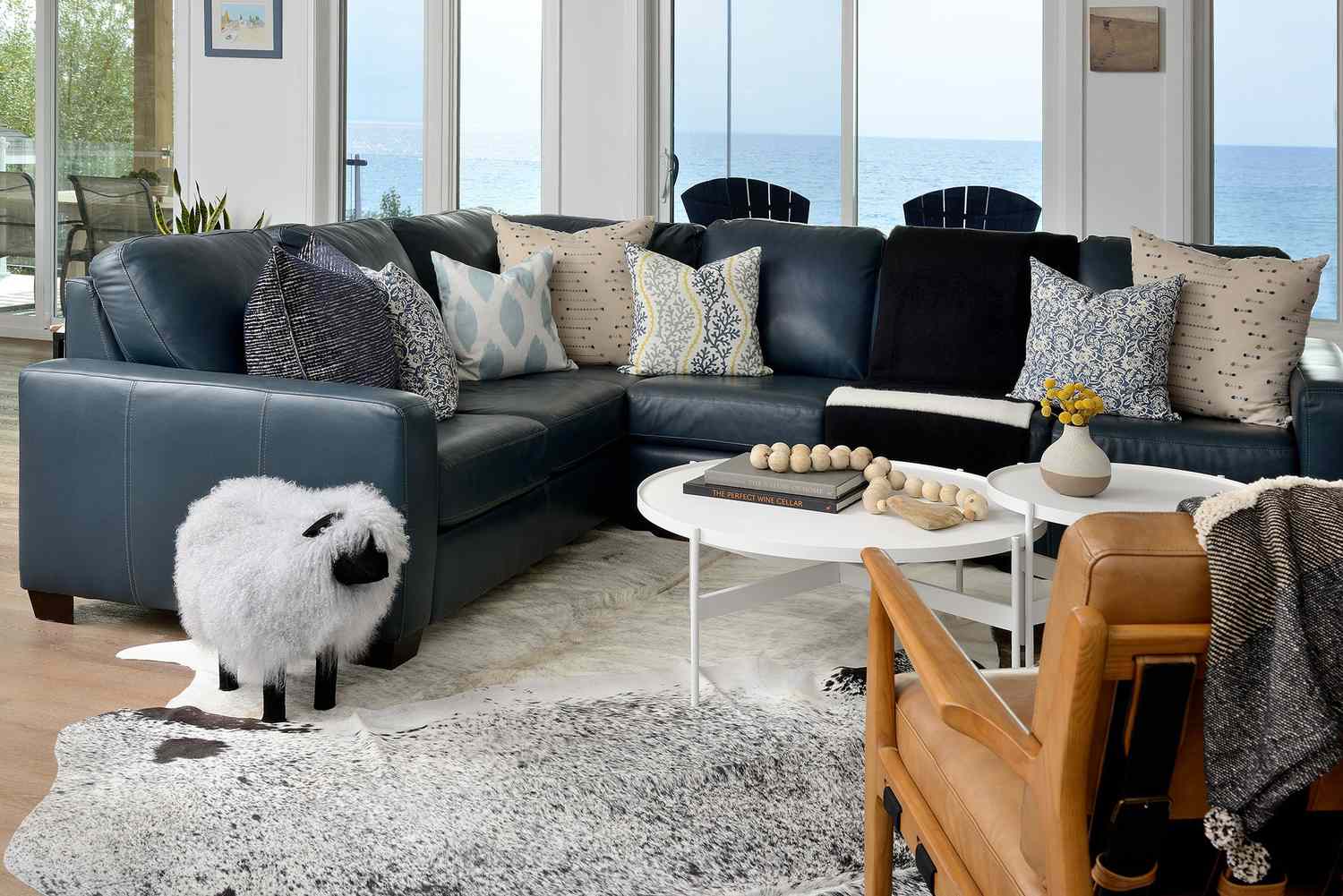

Interior Design
What Color Is Indigo? And How To Use This Dark Blue-Purple
Modified: December 7, 2023
Learn about the captivating color indigo, a dark blue-purple hue perfect for interior design. Discover tips and ideas on how to incorporate this rich shade into your space.
(Many of the links in this article redirect to a specific reviewed product. Your purchase of these products through affiliate links helps to generate commission for Storables.com, at no extra cost. Learn more)
Introduction
Welcome to the fascinating world of indigo, a captivating color that lies on the spectrum between deep blue and vibrant purple. Known for its rich history and versatility, indigo has been adored by artists, designers, and cultures throughout the centuries.
Indigo dye, derived from the plant Indigofera tinctoria, has been used for centuries to achieve this enchanting hue. From ancient civilizations to contemporary trends, indigo continues to make a bold statement in various industries, including interior design, fashion, art, and even food.
Join us on a journey as we explore the many dimensions of indigo and discover how this captivating color can be incorporated into your everyday life. From understanding its properties to exploring its use in various contexts, we will delve into the depths of indigo’s allure.
In the following sections, we will discuss the history and significance of indigo, its properties, and its presence in different areas such as home decor, fashion, art, and culinary delights. So, let’s dive in and uncover the beauty of indigo!
Key Takeaways:
- Indigo, a captivating color with deep blue-purple hues, holds timeless allure and versatility. From home decor to fashion, art, and culinary delights, indigo sparks creativity and adds sophistication to various creative realms.
- The unique properties of indigo, from its depth and richness to its calming and energizing effects, make it a favorite choice for designers and enthusiasts. Indigo’s presence in art, design, and even culinary delights showcases its enduring appeal and endless creative possibilities.
Understanding Indigo
Indigo is a color that sits between deep blue and vibrant purple on the color spectrum. It is often described as a dark blue-purple shade that exudes a sense of mystery and elegance.
Indigo has a fascinating history that spans across cultures and civilizations. It has been used for centuries as a dye, primarily extracted from the leaves of the Indigofera tinctoria plant. The process of extracting indigo dye involves fermenting the leaves, resulting in a rich, dark blue pigment.
This captivating color gained popularity in many ancient civilizations, including India, Egypt, and Japan. In India, indigo was highly sought after and considered a symbol of wealth and royalty. The vibrant indigo textiles and garments produced by skilled artisans were treasured and traded across the world.
Indigo also holds great significance in spiritual and cultural practices. In many Eastern cultures, indigo is associated with the Third Eye chakra, symbolizing intuition, wisdom, and higher consciousness.
From a psychological perspective, indigo is often linked to qualities such as imagination, creativity, and introspection. It is a color that encourages deep thinking and promotes a sense of calm and tranquility.
It’s important to note that indigo is distinct from its close relatives on the color spectrum, such as navy blue and royal purple. While navy blue is a darker shade of blue, indigo carries a subtle mix of blue and purple undertones. This unique blend gives indigo its distinctive and captivating allure.
Whether used as a dominant color or as an accent, indigo adds depth and sophistication to any space or design. Its ability to merge the boldness of blue with the vibrancy of purple makes it an exciting color choice for a wide range of applications.
Now that we have a better understanding of indigo’s history and significance, let’s explore its various properties and how it can be used in different contexts.
Properties of Indigo
Indigo possesses a unique set of properties that make it a versatile and intriguing color. Understanding these properties can help you harness the full potential of indigo in your design choices. Let’s explore some of the key properties of indigo:
- Depth and richness: Indigo is known for its deep and luxurious appearance. Its dark blue-purple hue adds a sense of richness and sophistication to any space, fabric, or artwork.
- Versatility: Indigo is a highly versatile color that can be used in both traditional and contemporary settings. It pairs well with various colors, including neutrals, earth tones, and contrasting shades like white or gold.
- Timelessness: Despite its long and diverse history, indigo remains a timeless color choice. It effortlessly combines elements of tradition and modernity, making it suitable for a range of design styles and aesthetics.
- Energizing effect: Indigo has the ability to evoke a sense of energy and dynamism. Its vibrant tones can add a visually stimulating element to any space or design.
- Soothing and calming: While indigo energizes, it also has a calming effect on the mind and body. Its deep and serene qualities promote relaxation and introspection.
- Atmospheric impact: When used in interiors, indigo can create a captivating ambiance. It can add a touch of mystery and intrigue to a room, transforming it into a cozy and inviting space.
- Elevating other colors: Indigo has the power to enhance other colors that accompany it. It can make complementary shades pop and provide a harmonious balance to an overall color scheme.
- Natural appeal: As indigo is derived from plant extracts, it has a natural, organic feel. This aspect adds an earthy and authentic vibe to any design that incorporates this captivating color.
These unique properties of indigo make it a favorite choice for designers, artists, and enthusiasts across various disciplines. Now, let’s explore how indigo can be creatively incorporated into different contexts, starting with home decor.
The Color Indigo in Different Contexts
Indigo is a versatile color that transcends different contexts, from home decor to fashion, art, and even culinary delights. Let’s take a closer look at how indigo is celebrated and cherished in these various domains:
Home Decor:
In home decor, indigo can be used as a dominant color or as an accent to create a sense of sophistication and depth. Indigo-colored walls can serve as a striking backdrop, while indigo textiles, such as curtains or throw pillows, can add a touch of luxury and elegance to any room.
Indigo is also a popular color choice for upholstery and furniture, as it brings a sense of refinement and style. Whether incorporated into a contemporary or bohemian setting, indigo adds a captivating charm to any space.
Read more: What Color Curtains Go With Dark Blue Walls
Fashion and Style:
Indigo has long been associated with fashion and style. From denim jeans to formal attire, indigo represents a timeless and versatile color choice. It can be found in various fashion pieces, ranging from dresses, shirts, and accessories.
The allure of indigo lies in its ability to create a visual impact while maintaining a sense of sophistication. Whether it’s a classic indigo-blue denim jacket or a tasteful indigo-dyed scarf, indigo adds a touch of elegance and individuality to any outfit.
Art and Design:
Indigo has been a popular choice in the world of art and design for centuries. Artists across different mediums, such as painting, ceramics, and textiles, utilize indigo to add depth, richness, and complexity to their creations.
Indigo pigments are often used in traditional and contemporary art forms, blending with other colors to create captivating palettes. Indigo also holds cultural significance in many art movements and styles, showcasing its enduring appeal in the art world.
Food and Culinary Delights:
Indigo’s influence extends even to the culinary realm. From blueberries and blackberries to certain edible flowers, there are natural ingredients that can produce indigo hues in food and beverages.
Chefs and mixologists are exploring the use of indigo in their creations to add visual interest and intrigue to dishes and drinks. From indigo-infused cocktails to vibrant indigo desserts, this captivating color has made its way into culinary masterpieces.
Indigo’s versatility and aesthetic appeal make it a beloved choice in various creative realms. Whether it’s transforming a living space, making a fashion statement, crafting a work of art, or even tantalizing taste buds, indigo continues to captivate and inspire in unique and exciting ways.
Now that we have explored the different contexts in which indigo thrives, let’s delve into how you can incorporate this delightful color into your home decor.
Using Indigo in Home Decor
Indigo is a versatile and captivating color that can be seamlessly incorporated into your home decor. Whether you want to create a bold statement or add subtle accents, here are some ideas on how to use indigo in your interior design:
Walls and Paint:
Consider painting a feature wall in your living room or bedroom with an indigo hue. This will create a focal point and add depth to the space. Pair it with neutral furniture and accessories to let the indigo shine.
If you prefer a more understated approach, use indigo as an accent color by incorporating it into patterns or designs on walls, such as geometric shapes or stenciled patterns. This adds a touch of visual interest without overpowering the room.
Textiles and Upholstery:
Add indigo through textiles such as curtains, throw pillows, rugs, and blankets. These elements can instantly transform the ambiance of a room, infusing it with elegance and a sense of luxury.
Consider incorporating indigo in upholstery choices, such as a statement indigo-colored sofa or chairs. These pieces become the focal point of the room, adding a pop of color and sophistication.
Artwork and Accessories:
Indigo artwork can make a stunning statement in any space. Opt for indigo-centric paintings, prints, or photographs to add a touch of intrigue to your walls. Brass or gold frames can further enhance the richness of the indigo tones.
Accessorize with indigo-colored vases, decorative bowls, or lamps to add a subtle and stylish touch to your space. The combination of indigo with metallic accents can create a modern and glamorous aesthetic.
Bedroom Retreat:
Create a tranquil bedroom retreat by incorporating indigo in your bedding and linens. Opt for indigo sheets, duvet covers, or throws to add a calming and luxurious touch to your sleep sanctuary.
Indigo can also be used in bedroom decor through accent furniture, such as an indigo-colored dresser or nightstand. These pieces can complement your existing furniture and tie the room together.
Natural Elements:
Add natural elements, such as plants, to your indigo-infused spaces. The vibrant green of plants creates a beautiful contrast against the deep blue-purple of indigo, adding freshness and life to your home.
Consider incorporating indigo-dyed fabrics in your curtains, bedcovers, or tablecloths. These hand-dyed textiles bring a touch of authenticity and craftsmanship to your home decor.
Remember, when using indigo in your home, it’s essential to balance it with other colors and elements. Pair indigo with neutrals like white, cream, or beige to create a harmonious and visually appealing palette.
By using indigo strategically in your home decor, you can create a space that is both aesthetically pleasing and inviting. Now, let’s explore how indigo can be seamlessly integrated into your fashion and personal style.
Incorporating Indigo in Fashion and Style
Indigo has long been a staple in the fashion world, and incorporating this captivating color into your personal style can add a touch of sophistication and individuality. Here are some tips on how to incorporate indigo into your fashion choices:
Denim Delight:
Denim is one of the most iconic uses of indigo in fashion. Embrace the timeless style of indigo denim jeans, jackets, or shorts as a foundation for your outfit. You can pair them with a crisp white shirt for a classic and effortless look or elevate them with a colorful top or blazer for a more fashionable ensemble.
Indigo Accessories:
Indigo accessories can be a stylish addition to your outfit. Opt for an indigo-colored handbag, belt, or scarf to add a pop of color and elevate your look. These accessories can create a cohesive and coordinated outfit when paired with other indigo accents or clothing items.
Read more: What Is Blue Conduit Used For
Classic Indigo Blue:
Choose clothing items in the classic indigo blue hue. Indigo-colored dresses, skirts, or tops can be versatile pieces in your wardrobe. Pair them with neutral colors like white or cream for a timeless and elegant look, or mix them with bold patterns and colors for a more eclectic and trendy ensemble.
Indigo Prints and Patterns:
Embrace the charm of indigo prints and patterns. Look for clothing items featuring indigo tie-dye patterns, batik prints, or floral designs. These pieces can add a bohemian touch to your style and make a statement without overpowering your overall look.
Indigo in Footwear:
Don’t forget to incorporate indigo in your footwear choices. Indigo-hued shoes, such as sneakers or heels, can add a touch of uniqueness and style to your outfit. They serve as an unexpected pop of color that can elevate even the simplest of looks.
The Indigo Accent:
If you prefer a more subtle approach, use indigo as an accent color in your accessories or smaller clothing items. For example, you can choose indigo-colored earrings, a statement necklace, or even indigo nail polish to add a touch of color and make your style stand out.
Read more: What Color Curtains Goes With Purple Walls
Indigo in Activewear:
Indigo can also be incorporated into your activewear collection. Look for workout attire that features indigo accents or is dyed with natural indigo pigments. This unique touch of color can motivate and inspire you during your fitness routines.
Remember, the key to incorporating indigo into your fashion and style is to embrace its versatility and balance it with other colors and elements. Experiment with different combinations and find what works best for your personal aesthetic.
Now that we have explored how indigo can enhance your fashion choices, let’s dive into the world of indigo in art and design.
Indigo in Art and Design
Indigo has a significant presence in the world of art and design, spanning across various mediums and styles. Its deep blue-purple hue and captivating properties make it a beloved choice for artists and designers alike. Let’s explore how indigo is used in art and design:
Painting and Drawing:
Indigo pigments have been used by artists for centuries to create stunning paintings and drawings. The rich and intense color adds depth and complexity to artworks, evoking a sense of mystery and intrigue. From traditional oil paintings to contemporary mixed media pieces, indigo is used to capture emotions and create a visually captivating experience.
Fabric and Textile Design:
Indigo dyeing techniques have a long history in fabric and textile design. The process of dyeing fabric with indigo creates unique patterns and effects that are highly sought after. From Shibori, a Japanese tie-dye technique, to traditional African indigo fabrics, the artistry and craftsmanship associated with indigo in textiles make it an exceptional choice in fashion and home decor.
Read more: What Color Curtains Go With Blue Couch
Ceramics and Pottery:
Indigo glazes are prized by ceramists for their distinctive and vibrant color. When applied to ceramics and pottery, indigo glazes create stunning effects, bringing depth to the surface and highlighting the textures of the pieces. From delicate porcelain to handcrafted stoneware, indigo glazes add an element of richness and artistic expression.
Interior Design:
Indigo is a versatile color for interior design, as it can be used in various elements to create a sense of sophistication and elegance. From indigo-hued wallpaper and murals to indigo dyed fabrics and furniture upholstery, this vibrant hue can transform a space and add a touch of drama and style.
Graphic Design and Branding:
Indigo is also utilized in graphic design and branding to evoke a feeling of trust, tradition, and quality. Companies and organizations often incorporate indigo in their logos and branding materials to create a visually appealing and memorable impression. The deep blue-purple hue conveys a sense of professionalism and seriousness.
Jewelry and Accessories:
Indigo can be found in the world of jewelry and accessories, adding a unique and captivating element to designs. Whether it’s in the form of indigo gemstones, beads, or dyed textiles used in jewelry-making, indigo adds a touch of depth and allure to adornments.
Indigo’s presence in various art forms and design disciplines speaks to its enduring appeal and versatility. From paintings and ceramics to textiles and graphics, indigo continues to inspire and captivate both artists and enthusiasts alike.
Now that we have explored indigo’s influence in art and design, let’s venture into a realm where indigo unexpectedly shines: food and culinary delights.
Indigo in Food and Culinary Delights
Indigo, a color often associated with textiles and art, has also made its way into the world of food and culinary delights. While not naturally abundant in edible ingredients, there are creative ways to incorporate indigo hues into the culinary experience. Let’s explore how indigo is used in food and the culinary arts:
Natural Indigo Ingredients:
Although indigo is not a common color in natural foods, there are a few ingredients that can provide a glimpse of indigo hues. Fruits like blueberries and blackberries, as well as certain edible flowers like butterfly pea flowers, possess natural pigments that can yield shades of indigo when infused or used in culinary creations.
Indigo-Inspired Desserts:
Chefs and bakers have found innovative ways to capture the allure of indigo in sweet treats. From indigo macarons to stunning indigo layer cakes, these delightful desserts create a visual spectacle and offer a unique and memorable culinary experience.
Additionally, indigo can be incorporated into frosting, icing, or glazes to add an eye-catching element to cookies, pastries, and cupcakes. Be it through natural ingredients or food coloring, indigo desserts are sure to impress and tantalize the taste buds.
Indigo-Infused Beverages:
Indigo has also found its way into the world of beverages, providing a visually captivating twist. Mixologists have experimented with indigo-infused cocktails and mocktails, using ingredients like butterfly pea flower tea or natural indigo extracts to achieve indigo hues. These creative libations not only quench your thirst but also provide an aesthetic appeal.
Read more: What Wall Color Goes With Blue Carpet
Artistic Food Plating:
Indigo serves as a source of inspiration for chefs when it comes to plating dishes. While not solely focused on the color itself, chefs may incorporate indigo elements into their food presentations, whether it’s using indigo-hued edible flowers, sauces, or intricate artistic touches, to create visually striking and memorable dining experiences.
Indigo-Themed Events:
Indigo-themed events, such as special dinners or culinary gatherings, showcase the versatility and creativity surrounding indigo in the culinary world. These events may feature indigo-inspired menus, decorations, and even attire, embracing the enchantment of indigo and creating a unique and unforgettable dining experience.
The incorporation of indigo in food and culinary delights demonstrates the endless possibilities for creativity and aesthetics in the culinary arts. Whether it’s visually stunning desserts, indigo-infused beverages, or indigo-inspired food plating, indigo brings a touch of excitement and artistic flair to the dining table.
Now that we have explored indigo’s presence in art, design, and even culinary delights, let’s reflect on the allure of this captivating color.
Conclusion
Indigo, with its deep blue-purple hue and captivating properties, has left an indelible mark on various aspects of our lives. From its rich history as a prized dye to its versatile presence in art, design, fashion, and even culinary delights, indigo continues to captivate and inspire.
Understanding the unique properties of indigo allows us to harness its potential in creative and meaningful ways. Whether used in home decor to create a sense of sophistication and depth, incorporated into fashion to add a touch of individuality and style, or celebrated in art and design as a symbol of richness and artistic expression, indigo holds a timeless allure.
Indigo’s influence extends beyond aesthetics. It has profound cultural significance, representing wisdom, intuition, and introspection. It sparks creativity, evokes emotions, and adds a sense of mystery to the spaces we inhabit.
As we have explored the different contexts in which indigo thrives, from its presence in interior design to its role in fashion, art, and even the culinary world, we have witnessed the power of this color to transform and captivate. Its ability to evoke a range of emotions and create a lasting impression is a testament to its enduring appeal.
Whether embracing indigo in our homes as a backdrop for self-expression, incorporating it into our wardrobe choices to make a personal style statement, or experiencing indigo’s allure through art, design, and culinary delights, we invite you to immerse yourself in the captivating world of indigo.
Now, venture forth with a newfound appreciation for indigo, allowing it to inspire and influence your choices as you explore the endless possibilities and creative expressions that this enchanting color offers.
Frequently Asked Questions about What Color Is Indigo? And How To Use This Dark Blue-Purple
Was this page helpful?
At Storables.com, we guarantee accurate and reliable information. Our content, validated by Expert Board Contributors, is crafted following stringent Editorial Policies. We're committed to providing you with well-researched, expert-backed insights for all your informational needs.
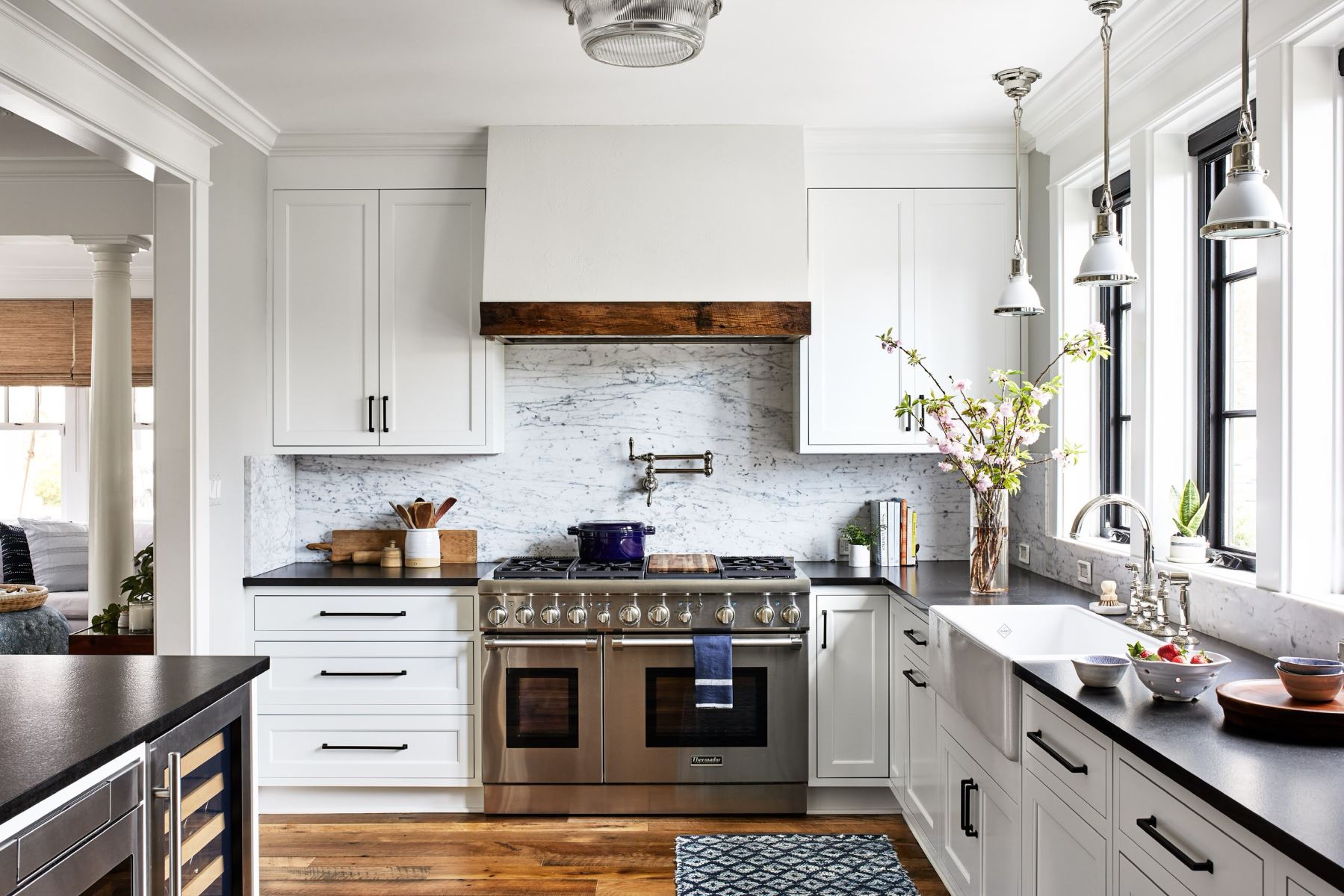
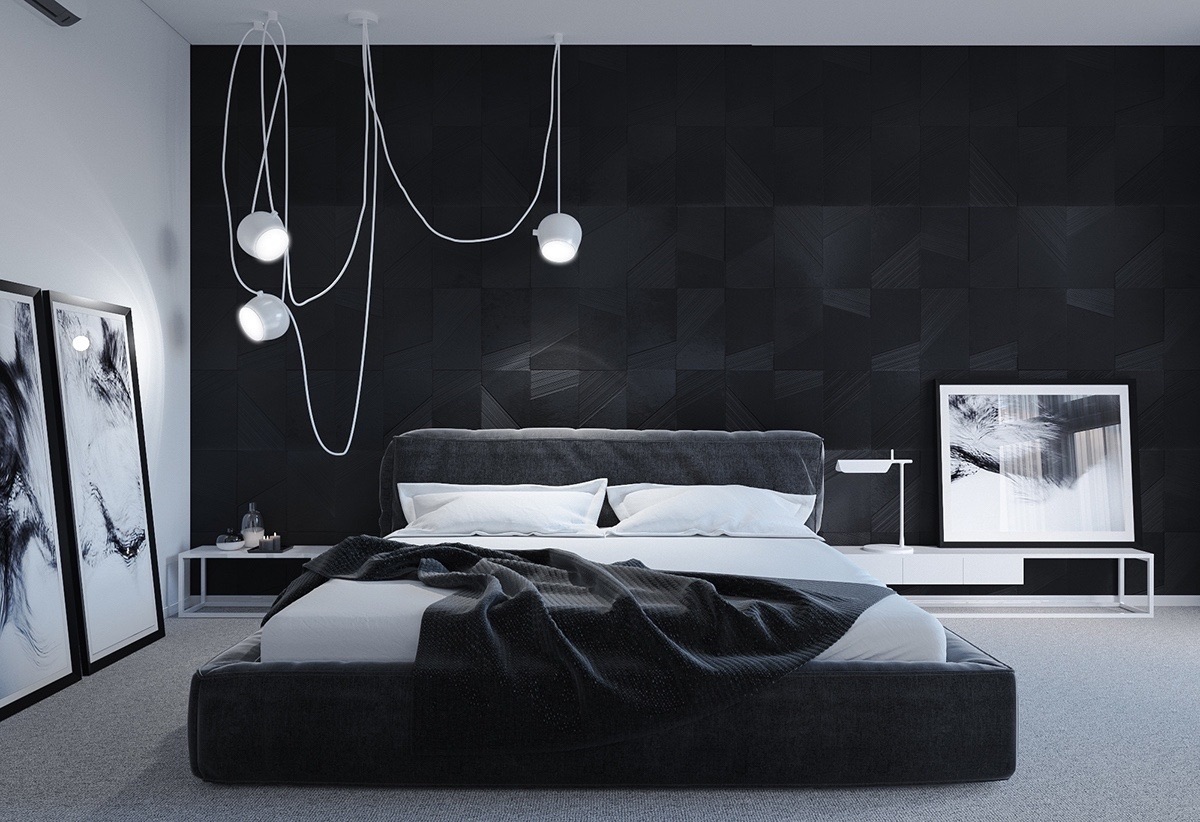
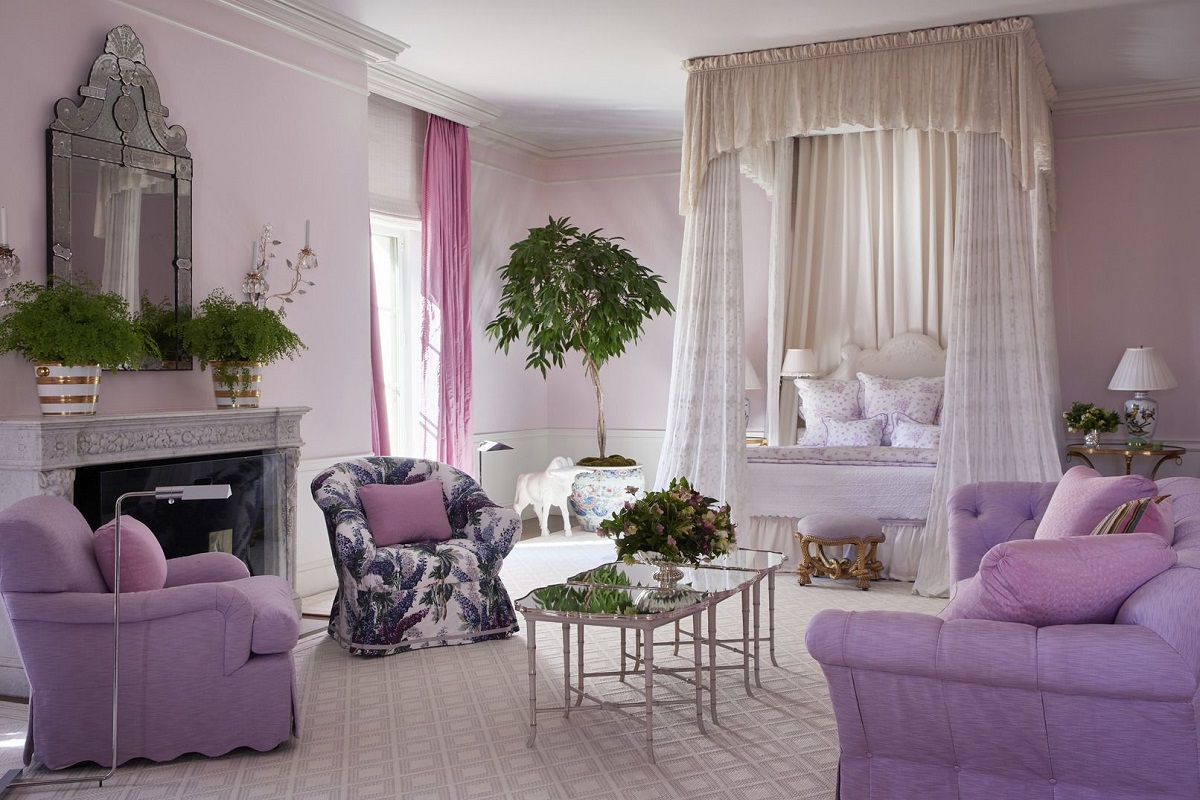
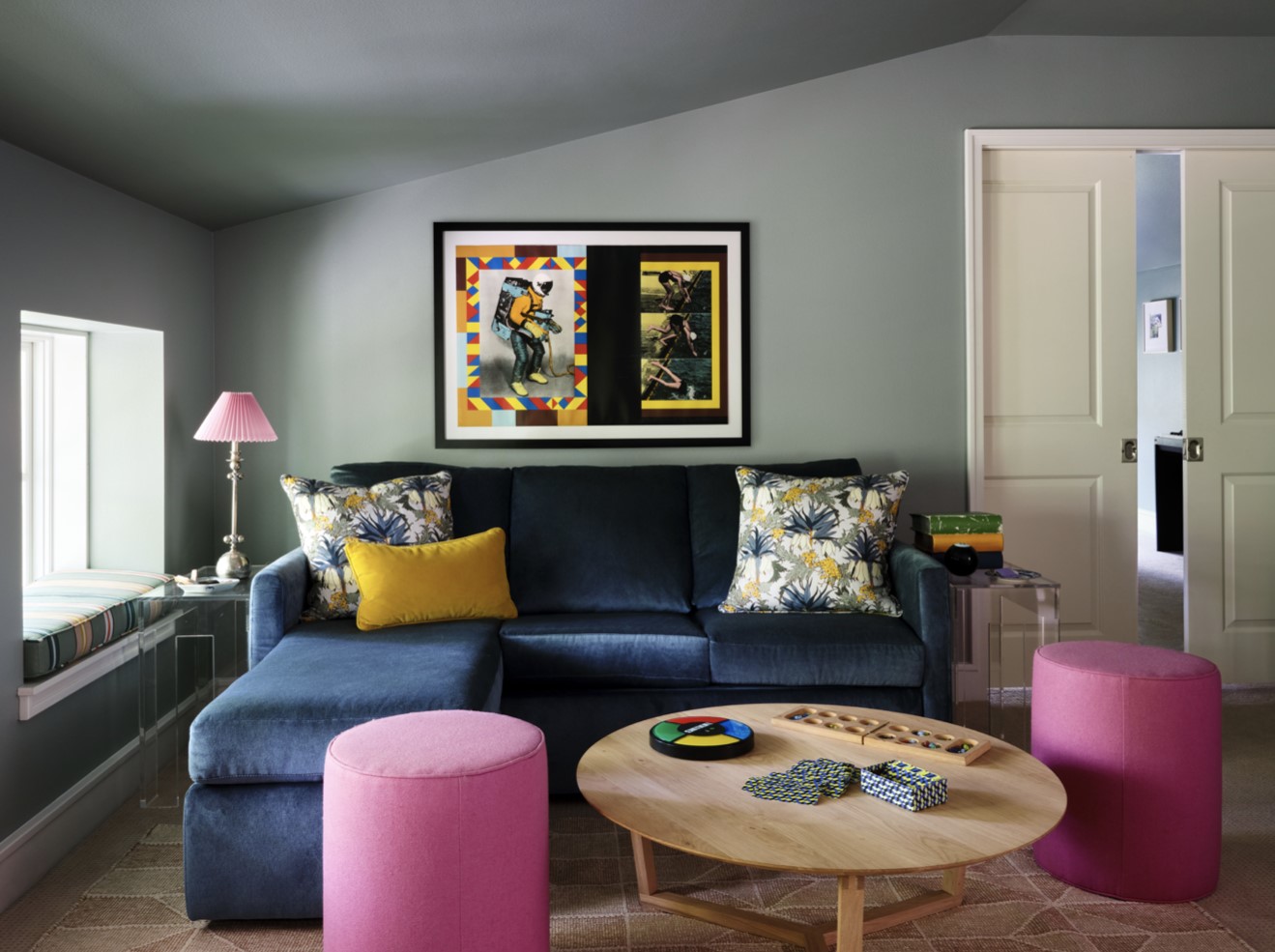
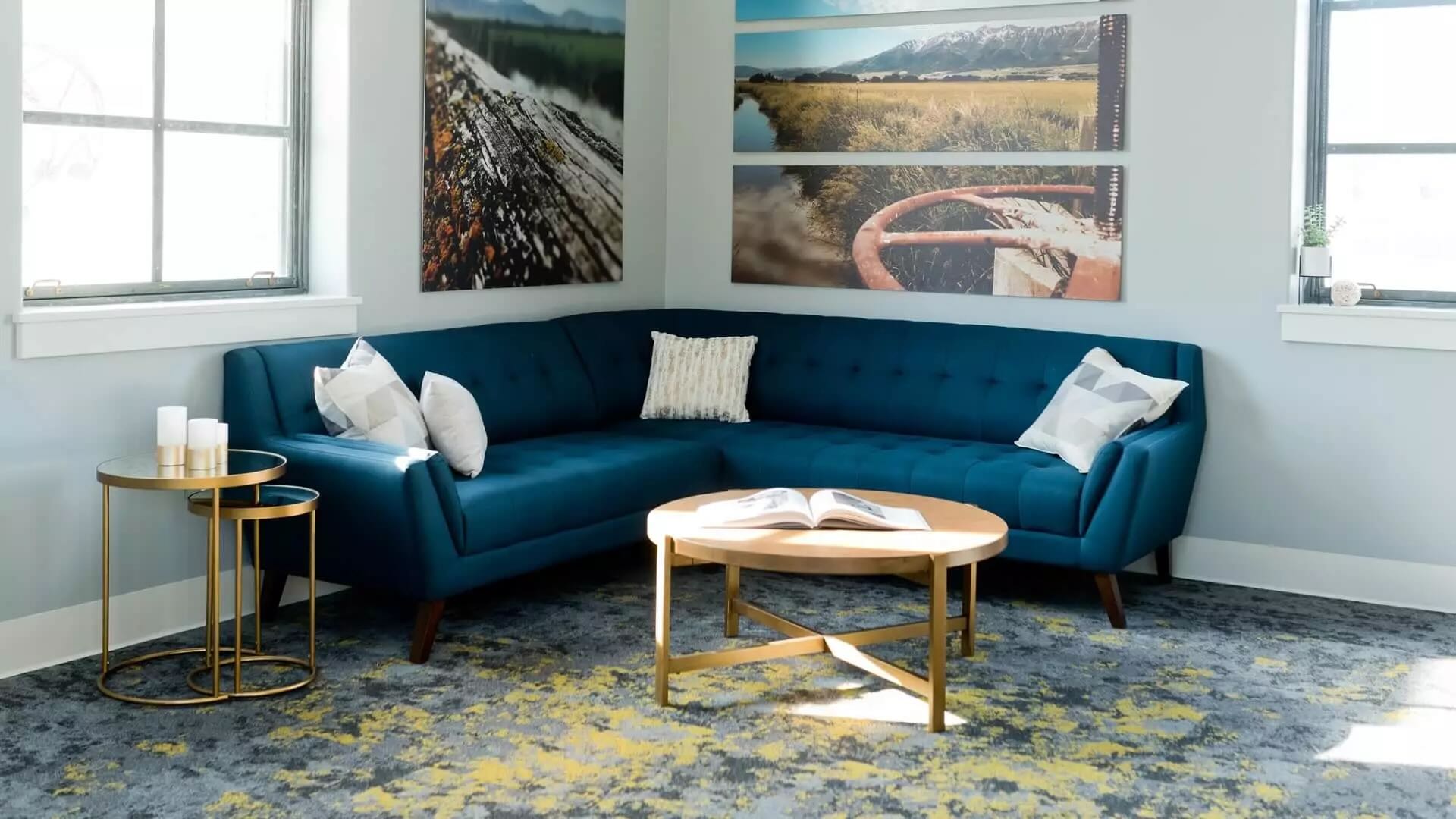
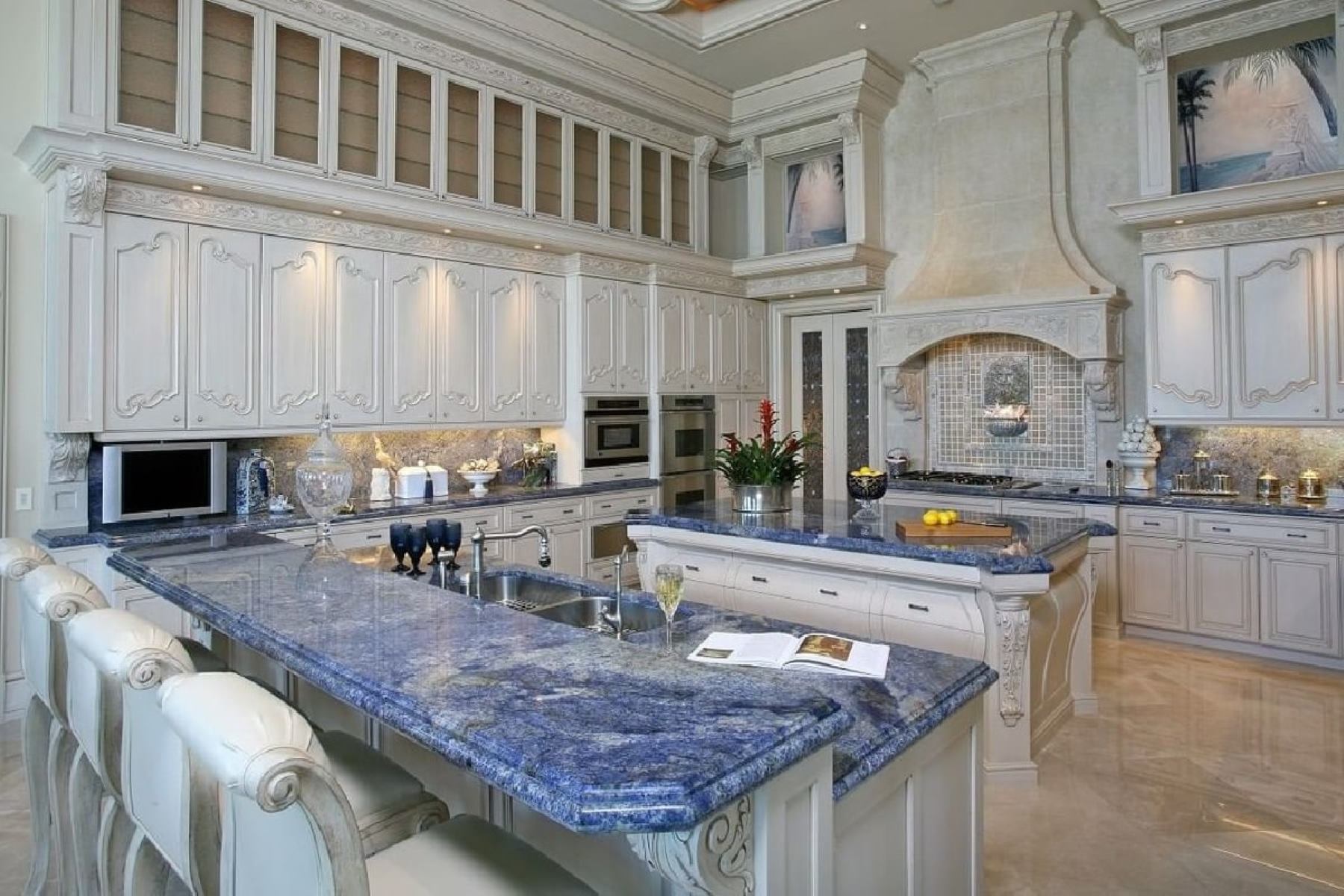
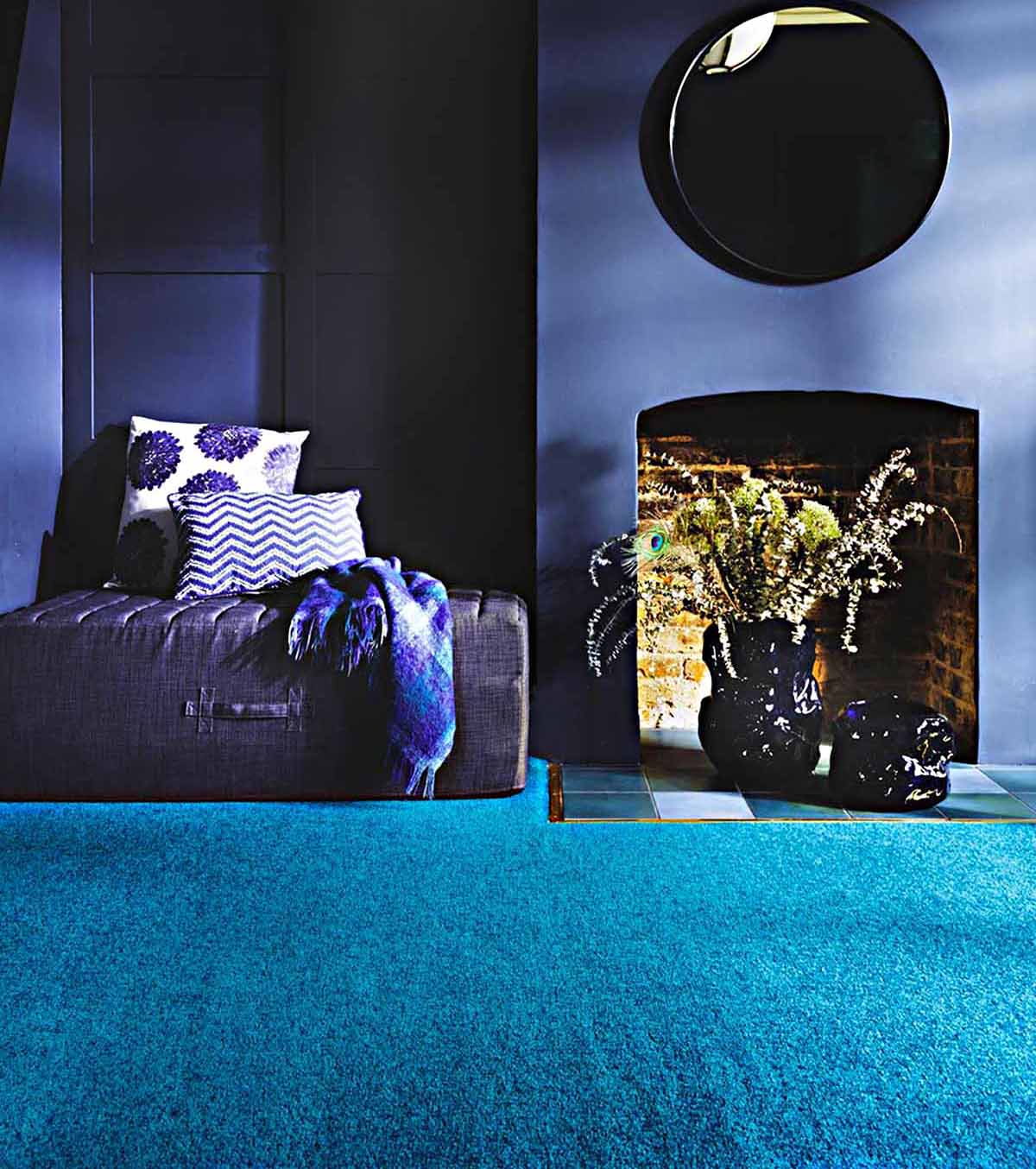

0 thoughts on “What Color Is Indigo? And How To Use This Dark Blue-Purple”